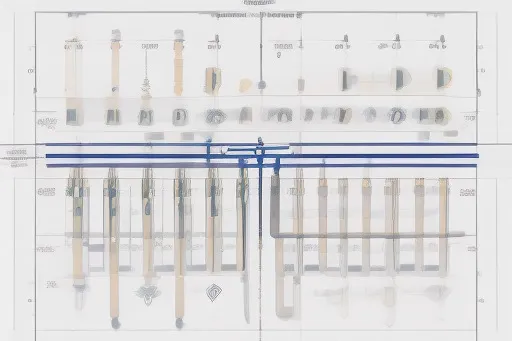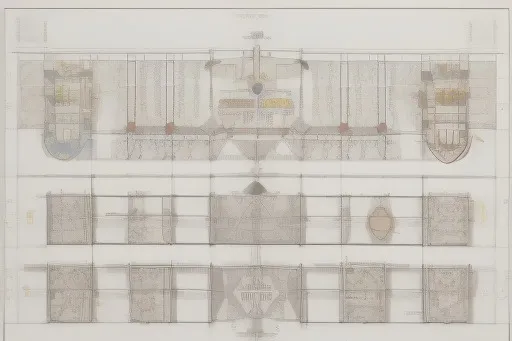Genogram Symbols In Social Work: Unlocking Family Dynamics


In the field of social work, genograms have proven to be valuable tools for understanding and exploring a client’s social relationships over time. These visual representations offer a pictorial display of family relationships and medical history, providing a comprehensive view of an individual’s background and support systems.
In this article, we will delve into the significance of genogram symbols in social work practice and how they can enhance the assessment and intervention process.
What is a Genogram?
A genogram is a visual representation of a person’s family tree, but it goes beyond the traditional family tree structure. It includes not only biological relationships but also significant social and emotional connections.
By utilizing various symbols and lines, genograms provide a clear and concise way to represent complex family dynamics. This tool captures crucial information about family members’ relationships, roles, and important life events, offering a holistic understanding of an individual’s social context.
The Importance of Genogram Symbols
Genogram symbols play a crucial role in accurately representing different aspects of family relationships and dynamics. These symbols convey essential information about gender, marital status, siblings, children, and other significant details.
Here are some of the basic genogram symbols commonly used in social work practice:
- Circle: represents a female family member
- Square: represents a male family member
- Horizontal line: indicates a marriage or partnership
- Vertical line: represents a biological or adoptive parent-child relationship
- Dotted line: signifies a divorce or separation
- Sibling lines: horizontal lines connecting siblings
- Twins symbol: two vertical parallel lines connected to a horizontal line
- Half-sibling symbol: two diagonal lines connected to a vertical line
These symbols, combined with clear labeling and color-coded lines, provide a visual representation of family dynamics, roles, and various connections. By understanding these symbols and their meanings, social workers can decipher complex family systems, identify patterns, and recognize potential areas for intervention and support.
Utilizing Genograms in Social Work Practice
Genograms are powerful tools that assist social workers in gaining valuable insights into clients’ social relationships and histories. By constructing genograms with clients, social workers can:
-
Assess Family Dynamics: Genograms enable social workers to understand family dynamics, such as power structures, communication patterns, and roles within the family system. This comprehensive assessment helps identify potential sources of conflict, generational patterns, and strengths that can be leveraged to support positive change.
-
Identify Patterns and Trends: By visually mapping out family relationships and events, patterns and trends become more apparent. This facilitates the identification of intergenerational patterns, trauma, substance abuse, mental health issues, and other factors that may impact individuals and families.
-
Uncover Hidden Strengths: While genograms can highlight challenges, they also reveal hidden strengths and resources within families. By exploring positive relationships, support systems, and cultural assets, social workers can leverage these strengths to promote resilience and empowerment.
-
Enhance Intervention Planning: Genograms provide a comprehensive and holistic understanding of a client’s social context. This knowledge guides social workers in developing targeted and effective intervention strategies that address the unique needs and challenges of individuals and families.
Best Social Work Genogram Guide with Free Template
To further support social work practice, there are various resources available online that offer comprehensive genogram guides, templates, and step-by-step instructions. These guides provide detailed information about genogram symbols, their meanings, and how to accurately construct and interpret genograms. One highly recommended genogram guide is available on Amazon for social workers seeking a practical and user-friendly resource.


Conclusion
In conclusion, genogram symbols are essential tools in social work practice, allowing social workers to visually represent and understand complex family systems. By utilizing genograms, social workers can gain valuable insights into clients’ social relationships, history, and support systems. The use of genogram symbols facilitates the assessment, intervention, and planning processes, ultimately leading to more targeted and effective interventions. As a valuable resource, social workers are encouraged to explore the recommended genogram guide available on Amazon, which provides a comprehensive and user-friendly approach to genogram construction. By harnessing the power of genograms and understanding their symbols, social workers can better support individuals and families in their journey towards positive change.


Best Recommended Product: Social Work Genogram Guide







